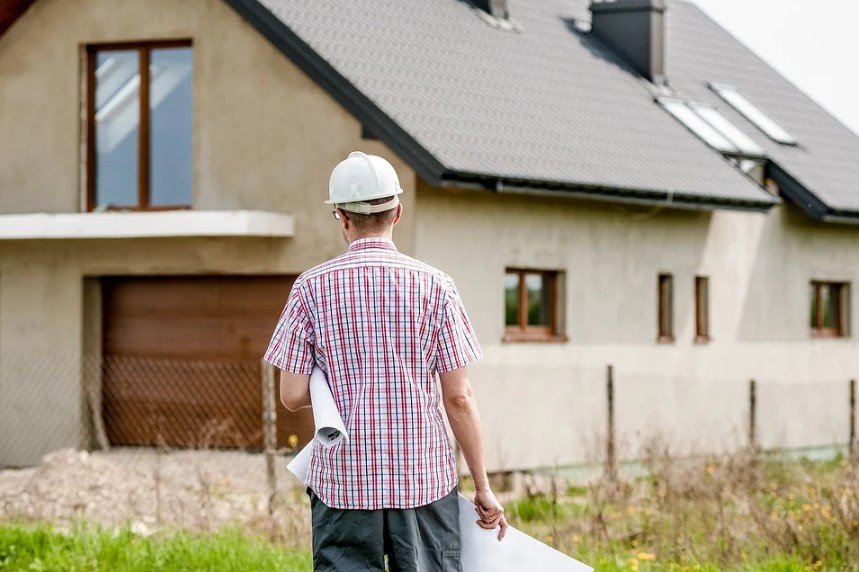The idea of building your own home is something that prompts immense excitement for many people. If you can get hold of the land, the costs can be lower and from a financial perspective at least, it can be tempting.
Of course, the fact that you can put your own stamp on each and every feature of the home also makes a difference. As a child, we build our dream homes out of Lego and for a select few of us, this can transform to traditional bricks and mortar. More of us are choosing to build our own homes today.
While the costs can be lower if you opt to do everything yourself, there is still no guarantee that self-builds are always cheaper. Mistakes can be made, and this is where today’s article comes into play.
We will now take a look at some of the best methods we have discovered that can keep a self-build’s project costs under control. They won’t be implementable for all projects but for some they could make the world of difference.
Always keep one eye on the safety factor
You’re relying on yourself and on occasions, this might mean that you are a little lax with health and safety laws.
Put simply, you need to sure up in this department. If you’re out of action for a few months, you will still incur living costs whilst having a plot to pay for (more on that later). It’s not just about the obvious safety concerns either and particularly in today’s day and age, it might be as simple as taking precautions about washing your hands.
Your temporary accommodation choices are crucial
Unsurprisingly, a lot of attention throughout this process is placed on the cost of building. However, there are other costs which are going to put pressure on your self-build. One of these is the cost of your existing accommodation.
Some of you might be renting, and we all know the huge costs that this might incur. You generally have to sign up to a minimum tenancy term, meaning that if your self-build overruns, you might have to pay for another six months of rent.
This is where you need to negotiate as best as you can with a landlord to obtain a monthly tenancy, or in extreme measures, consider something you have complete control of like moving in with family.
Don’t implement your landscaping until the last minute
When we talk about landscaping, it’s not just the garden. It might be the garage or any other outbuildings that form your plot.
In the case of a self-build project, these are nice-to-haves. They are not essential and you should be leaving them until the end. If you invest in them from the start, big chunks of money are being swallowed up which might be needed later on for more necessary expenses.
The spend now, save later approach
While the basis of today is about saving money, sometimes you need to spend now to do this. In other words, there are occasions where you need to invest in your self-build and go for options which might cost a little more than you would have hoped initially.
For example, let’s take underfloor heating. This is something that is easy to install before the property is built but becomes much harder (and more expensive) later down the line.
The benefits that come with building your own home are wide ranging. Just make sure you have done all the appropriate planning before you lay that first brick.

